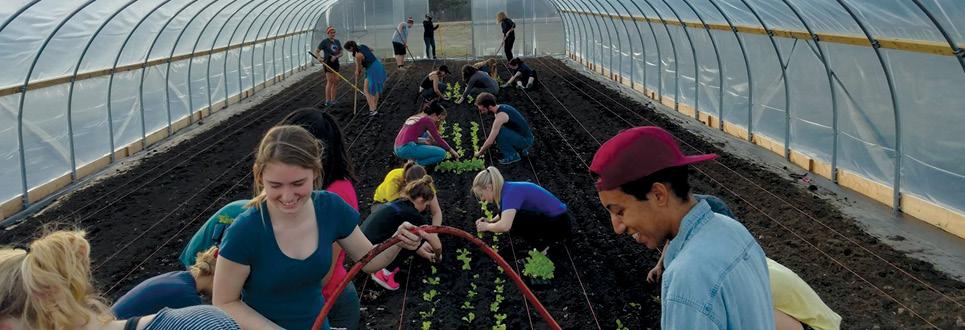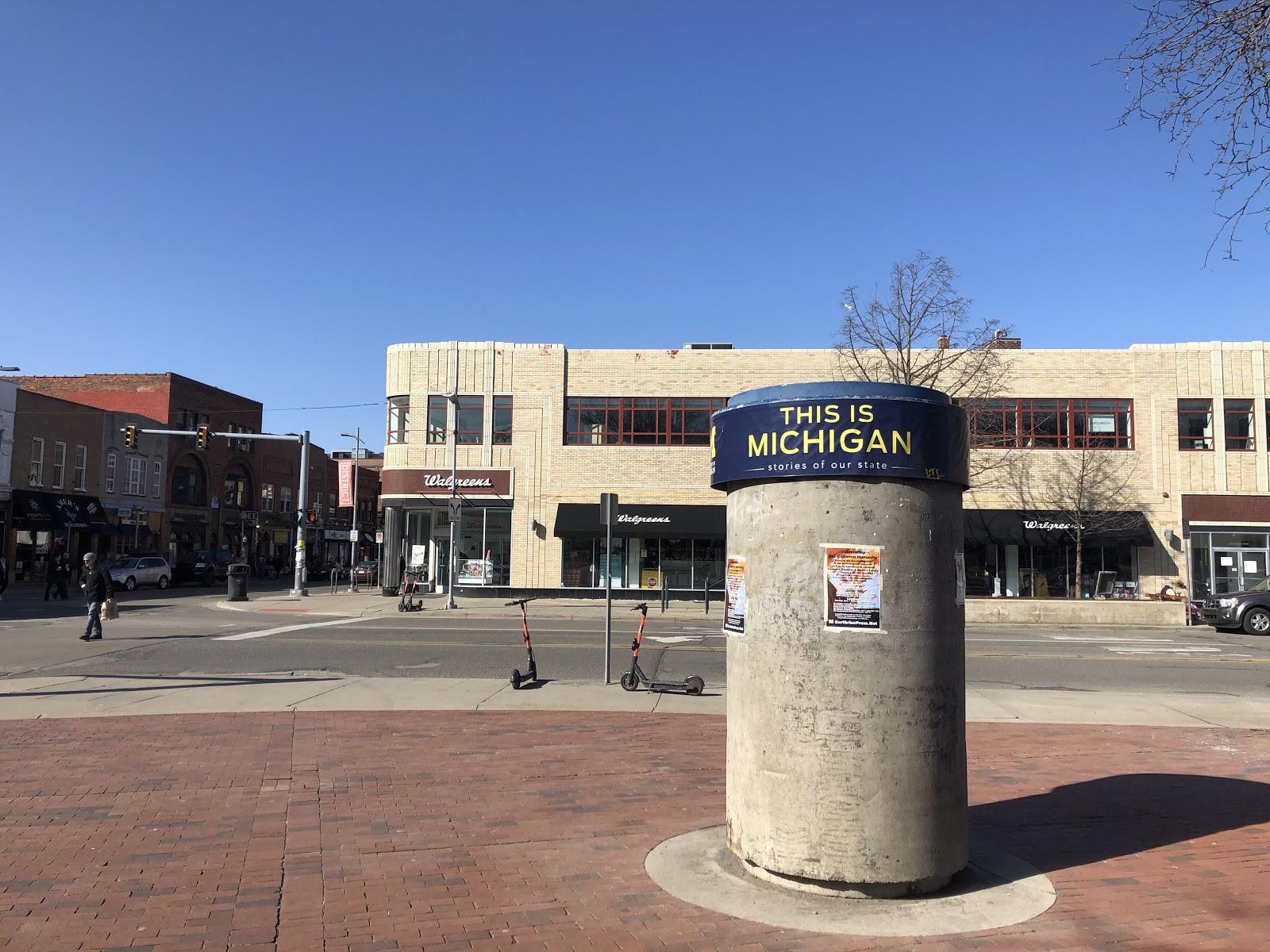Blog
Get the inside scoop about life at U-M and applying to Michigan from current student bloggers, Admissions staff, and guest faculty writers.

Get the inside scoop about life at U-M and applying to Michigan from current student bloggers, Admissions staff, and guest faculty writers.


On March 11, I received an email from my English theory professor titled, “Our class is moving online…” Within less than a week, on March 17, Michigan Governor Gretchen Whitmer issued the statewide “Stay Home, Stay Safe” executive order.
What a whirlwind of events.
So, for the past 1.5 months, I have participated in remote coursework. Admittedly, I entered this semester with a very light workload, taking only 12 credits and only two classes with regular meeting times (half of my credits were earned through a four-credit independent study and credit for my involvement in my internship and the Michigan Basketball Band).
One of my classes, English 425 (a 400-level writing course at the university; mine specifically was “Writing, Literature, & Sports”), opted to meet during our normal class time remotely via video chat. My other class, English 490 (“Mimetic Theory,” focusing on the writing of Rene Girard), opted for weekly online discussions but no regularly scheduled remote meetings. I was able to experience both styles of remote learning, as 425 took a synchronous (consistently scheduled) approach and 490 took an asynchronous (intermittently scheduled) approach. I even had an independent study during this time (English 499, focused on topics including minimalism, personal wellness, and career prep), so I was able to experience how an independent study changed in a remote setting.
Because of this, I’d like to share three takeaways I had from remote learning, with one takeaway from each style of class I participated in.
My English 425 class was focused on sportswriting. This was a strange class to take during this strange time, as COVID-19 has brought sports to a total halt. The NFL Draft was recently held, but not until after the final day of classes.
Nevertheless, our class forged onward. The revision process in our writing projects was undoubtedly hindered by remote learning. Google Docs is extremely useful for leaving feedback on other people’s writing, but the remote class workshops just didn’t run as smoothly as they did when we were all sitting in a room together. I also thought that reading discussions did not go as well as they had in the classroom setting.
With that said, our remote meetings greatly helped to keep the classroom community together. We’d start a majority of our classes by talking about recent sports news, and although the sports world came to a halt, we still found things to talk about. It was nice to see a few different faces a couple times per week too. All in all, I’d say the positives outweighed the negatives, even on the days where I really did not want to hop onto a video call.
I really enjoyed the asynchronous discussions of my English 490 class. Our updated syllabus required us to post 10 discussion posts over the final five weeks of classes to receive full marks in our participation grade, but I posted at least a dozen times. Many of my fellow classmates went really in-depth with their discussion posts, and I think I was willing to take more intellectual risks in a setting where I could write out my thoughts instead of having to speak them on the spot in a classroom setting. That was just me, though. I put a lot into those posts, and as a result, I feel like I got a lot out of the discussions.
For my English 499 independent study, I put together around 40 pages of writing on the merits of living a minimalist lifestyle with a strong focus on personal wellness and intentional decision making in both our consumerist tendencies and in our careers/social lives. Before classes went remote, I would meet with the professor overseeing my independent study pretty regularly to bounce ideas and think critically about where this project could go. After COVID-19 broke out, of course, this wasn’t possible.
Over the final 1.5 months of my study, I shifted from reading and collecting sources/citations to putting together the project. This would’ve happened had the semester continued as normal. The one thing that did change in a remote learning setting was that I had to create an environment at home in which I could write for hours at a time, as I did not have the quiet study spaces of Michigan’s Central Campus available to me. Furthermore, email correspondence took longer than usual, as real life became my priority over academics during this challenging time. Nevertheless, I completed the project and am excitedly awaiting my professor’s thoughts on how it turned out.
So, there you have it. Overall, I am glad that I experienced a mix of synchronous and asynchronous learning during this time of remote courses. Personally, I am partial to a balance leaning more towards asynchronous learning, but that preference will differ from person to person. If you’re enrolling in spring and/or summer 2020 courses, I wish you the best of luck. (I’ll be taking four total classes between the two semesters myself!)

Zane is a graduating senior in the College of Literature, Science, and the Arts with a major in English. He first became passionate about writing when he helped found the Michigan Society for American Baseball Research (better known as M-SABR) and joined SB Nation's Bless You Boys contributing articles on the Detroit Tigers. Zane has spent the past month living vicariously through his Animal Crossing villager and looking at U-M job listings to pass the time during social distancing.